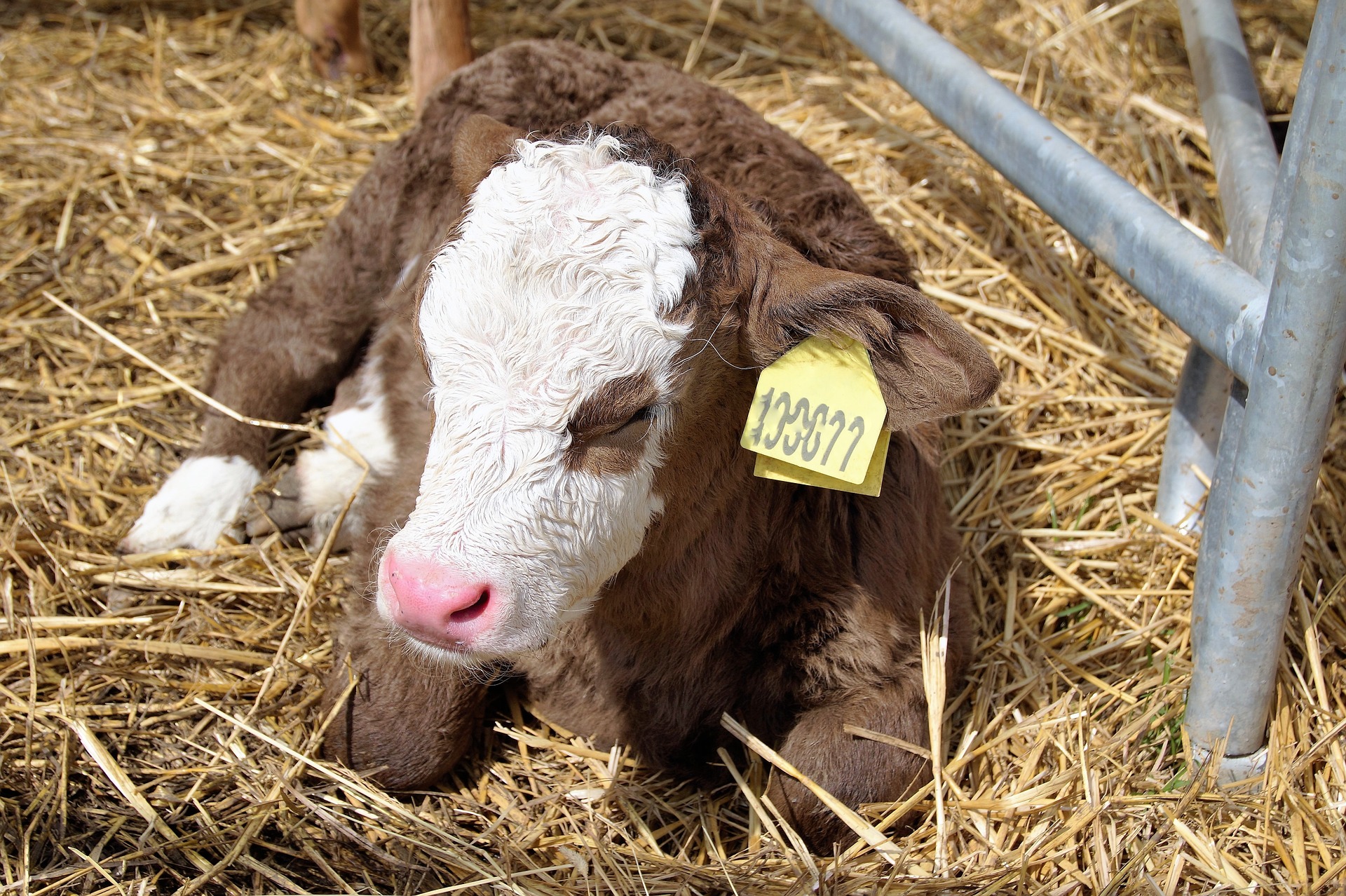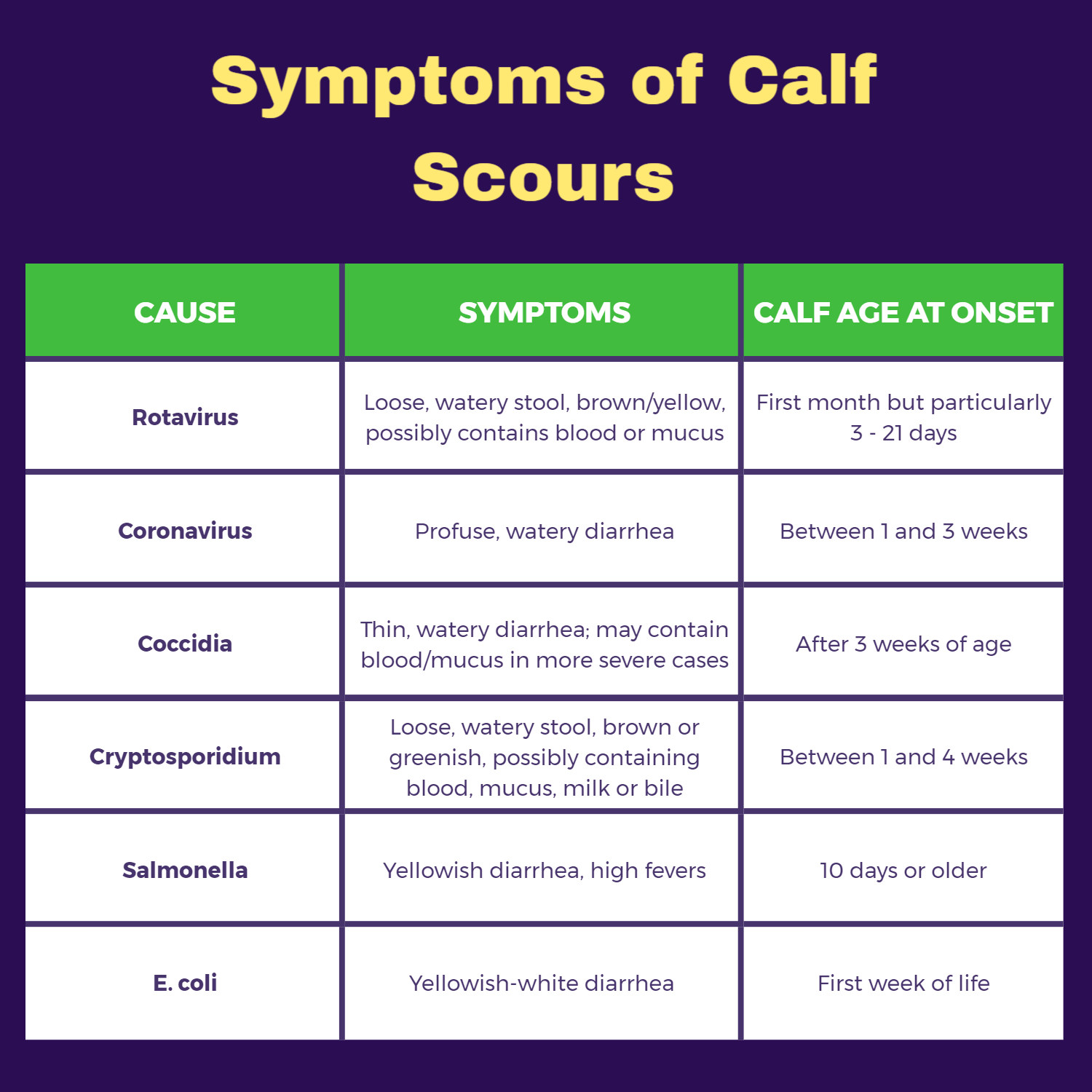
The Causes of Non-infectious Calf Scours
While the majority of calf scours is caused by pathogens including viruses, bacteria and protozoa, there are other factors that can lead to the development of diarrhea in calves. These non-pathogenic origins are outlined below.
Colostrum Quality and Quantity
Colostrum makes up the most important meals a calf will eat during its entire lifetime. The antibodies and nutrients transferred to the calf through the colostrum are essential for providing a newborn calf with the immunity it will need until its immune system is capable of creating antibodies on its own.
In addition to antibodies, robust colostrum contains plentiful oligosaccharides that act as a potent prebiotic, laying down the groundwork for healthy colonies of beneficial microorganisms to grow. If a cow provides a poor-quality colostrum or the calf is orphaned or doesn’t nurse adequately in those first few meals, its chances for successfully growing into a producing animal decrease greatly.
Calves that do not receive enough colostrum or colostrum that is deficient can experience a spike in stomach acid, which leads to diarrhea and an overall gut imbalance. Even a 0.3 deviation in gut pH can trigger scours.
Weather
Weather extremes stress adult cattle; calves are even more susceptible to the effects of the elements. Particularly in cold weather, newborn calves may become semi-hypothermic, making it difficult for them to properly nurse. The lack of nourishment along with the physical stresses of fighting the cold can cause the calf’s stomach to produce excess acid, leading to a low pH that results in diarrhea.
Environment
A clean, calm environment is essential to help calves remain healthy. There are numerous agents that can cause illness in calves, while not being contagious pathogens. Molds and spores, for example, thrive in damp, unsanitary conditions. The consumption of these and other substances (often through nursing from contaminated teats) may lead to gastric upset and consequent scours, as the pH and overall balance of the stomach has been disrupted.
The Symptoms of Calf Scours
Calf scours is a multifaceted issue that can cause a number of issues for the animal. Recognizing the signs and symptoms and being able to identify the cause will allow for quicker treatment.
Diarrhea
Calf diarrhea is the main symptom of calf scours. Depending on the cause, the color and consistency, along with constituents will help determine the cause of the scouring. When considering scours, the frequency of the diarrhea is also important to take into account. Because scours isn’t a disease itself, but rather a symptom of a disease process, diarrhea can have different characteristics. Below is a chart that shows the variety of symptoms associated with scours of infectious origins.
Dehydration
Dehydration is another common symptom of scours. In pens with multiple calves, it may be difficult to identify which is producing diarrhea being seen on the ground. A simple “tent test” can help in determining the severity of the dehydration.
Lethargy
Calves that are depleted by the ravages of scours may appear dull or lethargic. In some cases, they may also be running fevers.
Inappetence
Most infectious causes of scours quickly change the digestive pH in a calf, causing an excess of acid to be produced. This can lead to a lack of appetite in the affected animals.

